Rwanda Plans Eco-Friendly Tannery Park in Bugesera to Drive Sustainable Leather Industry
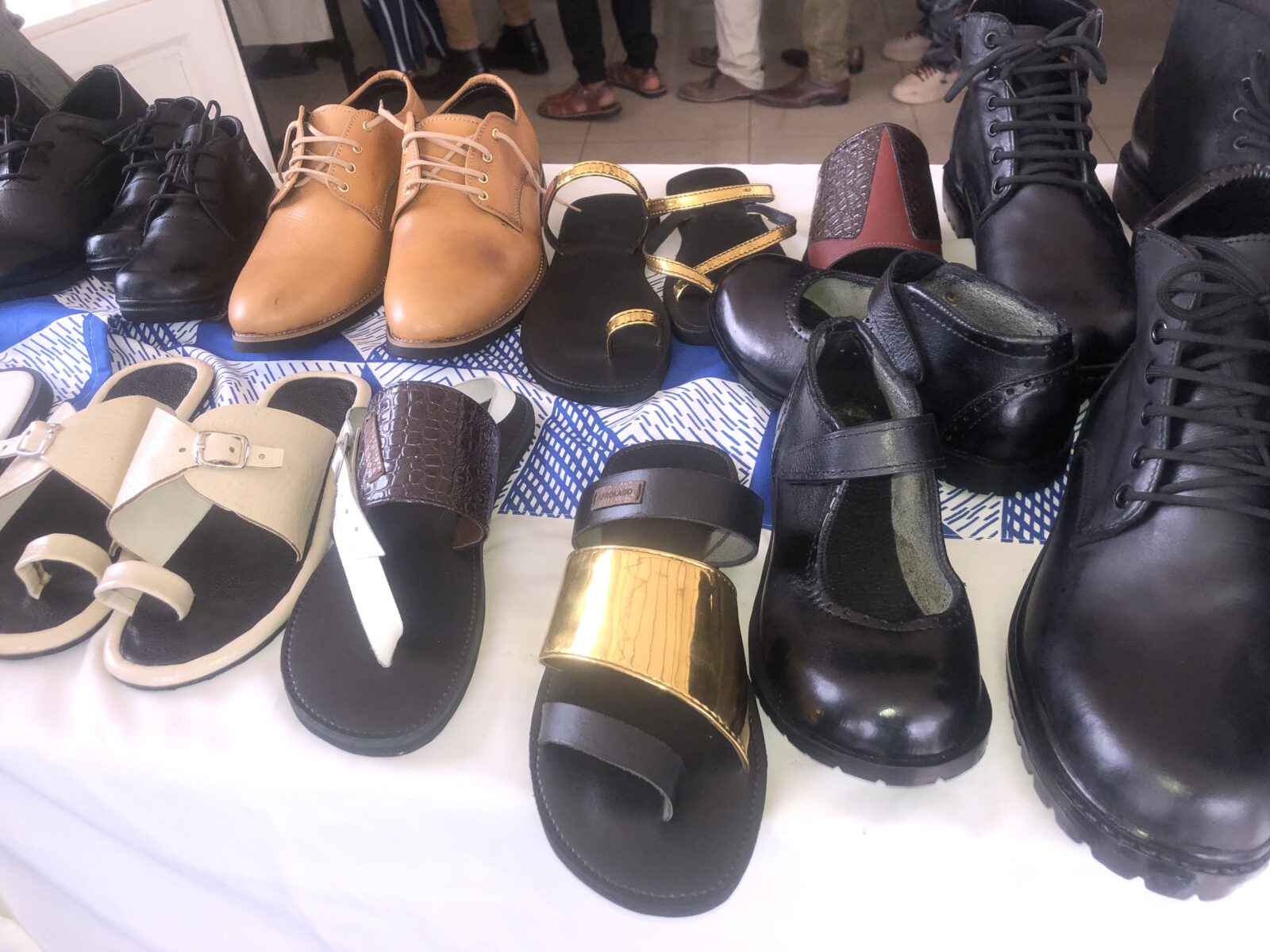
The Government of Rwanda is advancing plans to build a tannery park in Bugesera District, equipped with a wastewater treatment plant to reduce pollution and promote sustainable industrial growth. The initiative is part of the country’s broader effort to strengthen the leather value chain and ensure that manufacturing expands without harming the environment.
According to Twahirwa Christian, Director General for Industrial Development and Entrepreneurship Promotion at the Ministry of Trade and Industry (MINICOM), the project will centralize leather processing and promote efficient waste management.
“Leather production must go hand in hand with environmental protection,” he said. “That’s why the planned tannery park will include proper facilities for waste treatment and resource use.”
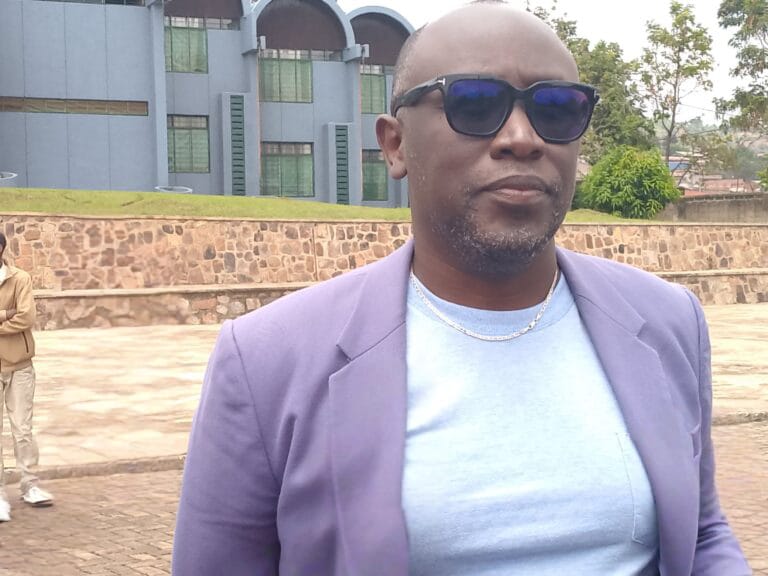
The Bugesera Tannery Park, estimated to cost around USD 15 million, will bring together actors from across the leather sector — from livestock farmers to shoe and bag manufacturers — under one coordinated system. Feasibility studies for both the park and its wastewater plant are already in progress.
Skills to Match the Vision
To prepare for this transition, MINICOM and partners recently concluded a five-day capacity-building workshop focused on strengthening the skills of private sector actors in the leather value chain. The program covered product design, standards, marketing, and corporate governance, alongside practical training in business management and financial literacy.
According to MINICOM, over 200 private sector actors benefited from this training, which was organized with the support of the African Development Bank (AfDB).
Twahirwa said the training supports the government’s Made in Rwanda agenda and ensures that small-scale producers are equipped to compete in local and regional markets. The Ministry also plans to merge existing associations into a single national body that will work closely with government and the Private Sector Federation (PSF), creating a stronger platform for collaboration and investment.
Learning from Each Other
For Niyodusingiza Claude, from Huye District, Tumba Sector, and founder of Smart Shoes Ltd, the workshop provided valuable opportunities for learning and exchange.
“I have ten years of experience in the leather industry, but during the training I learned a lot from others,” he said. “Leather work helps me meet my financial needs. You can’t go bankrupt in this industry if you do it well.”
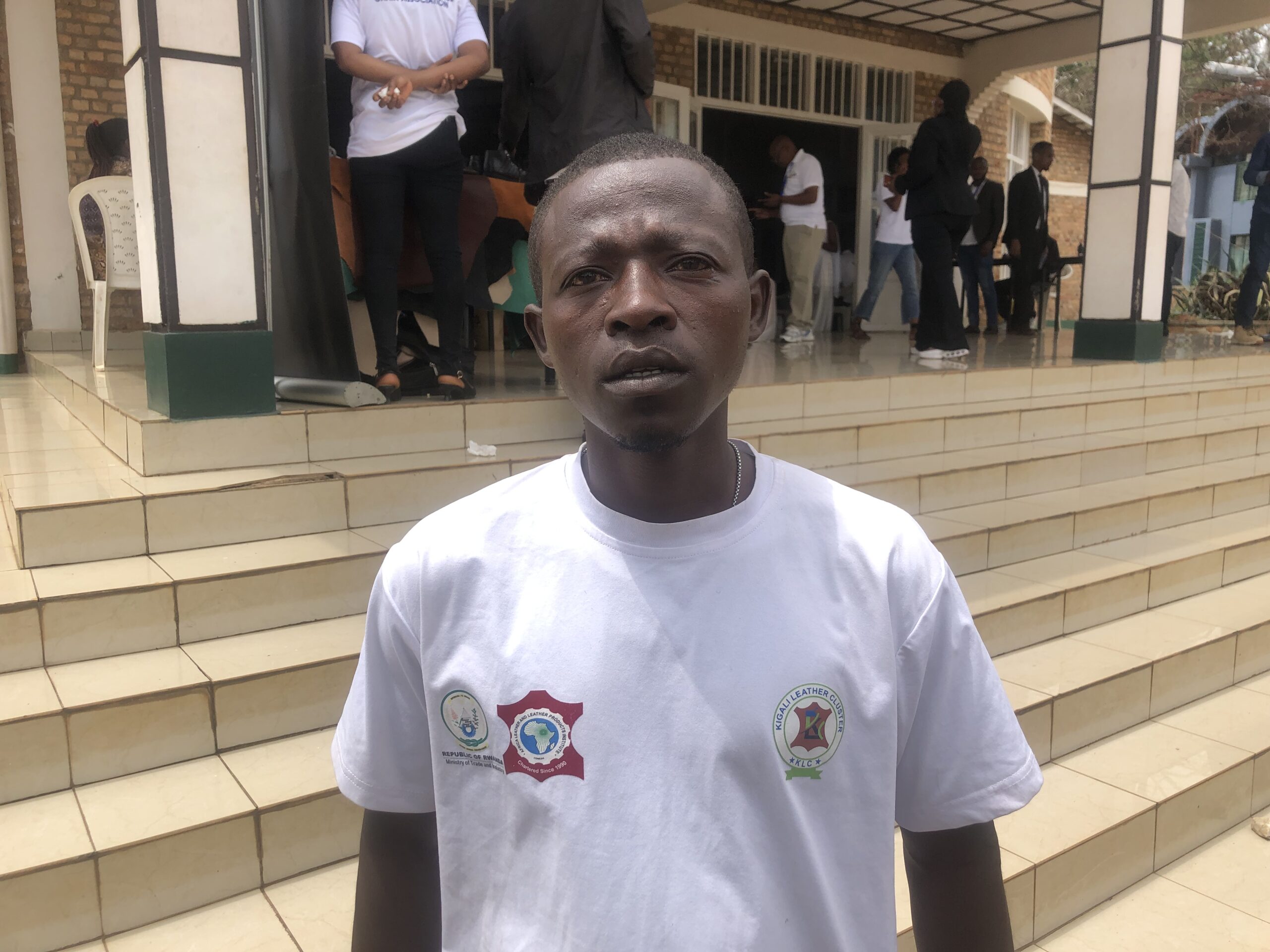
Claude, who produces men’s and women’s shoes and bags, believes that sharing experiences within the sector will help it grow faster and attract new talent.
Dusabimana Ange, from Dream Light Ltd, has worked with leather for eight years, producing footwear and belts. She said her business has allowed her to provide for her family and manage essential expenses.
“Through this work, I’m able to buy what my family needs, pay for mutuelle de santé, and cover school fees for my child,” she said. “This workshop was very helpful — it added to what I already knew and increased my knowledge. Meeting others in the same field also helped me learn and grow.”

However, she highlighted a recurring challenge: limited access to raw materials.
“It’s not always easy to find quality hides,” Ange explained. “Having a designated place where we can go to look for raw materials would really help.”
A Sustainable Path Forward
The Bugesera Tannery Park is expected to address some of these gaps by centralizing production and ensuring a more reliable supply chain. Its wastewater treatment system will also reduce the environmental footprint of leather processing — a key concern for many industries.
By organizing producers into one association, the government aims to build a more efficient and sustainable value chain, where waste from one process can become input for another. The initiative also aligns with Rwanda’s long-term vision of developing a circular economy that combines economic growth with environmental responsibility.
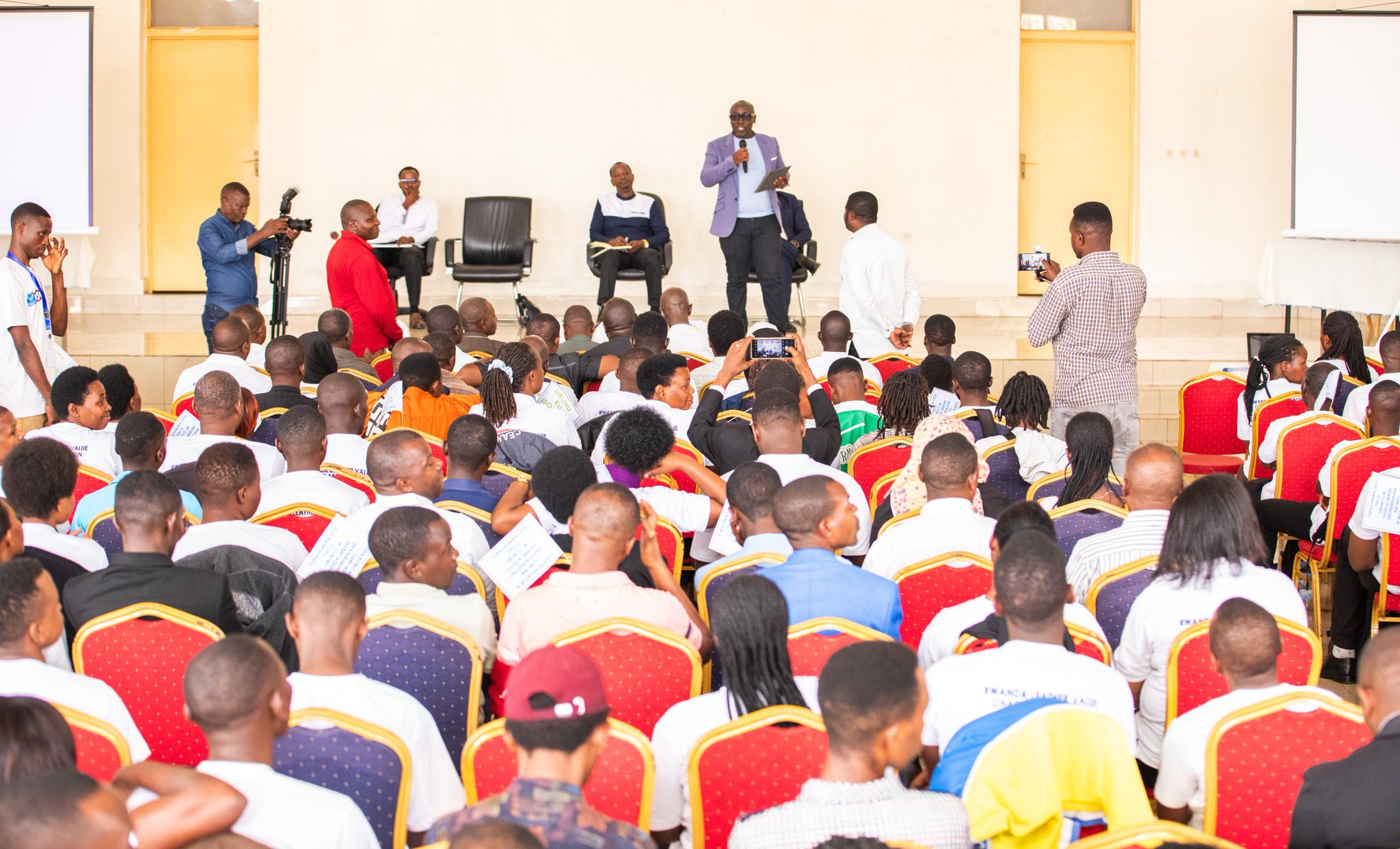
Twahirwa emphasized that the sector’s success will depend on collaboration between government, artisans, and private investors. “Our goal is to have a competitive industry that adds value to what we produce locally while protecting the environment and improving livelihoods,” he said.
As the leather sector evolves, artisans like Claude and Ange see themselves not only as business owners, but as contributors to a greener and more resilient future for Rwandan manufacturing.
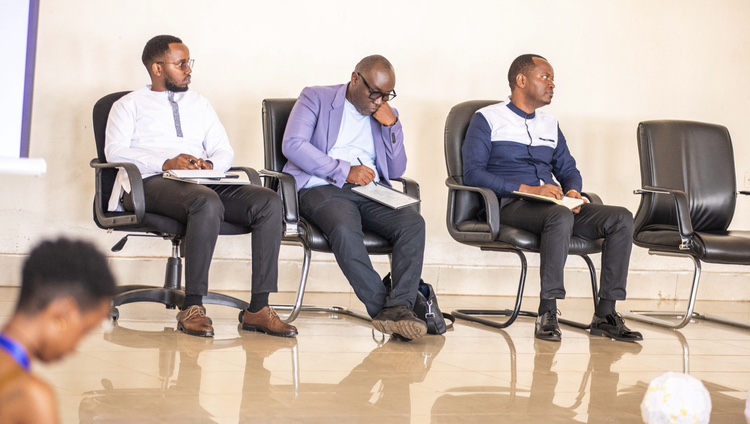
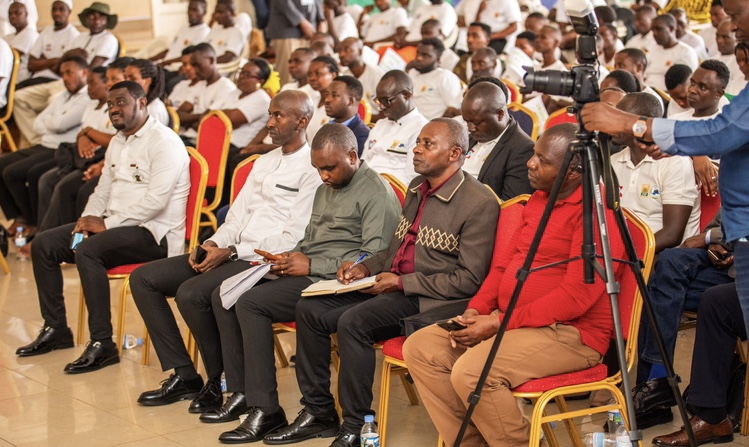
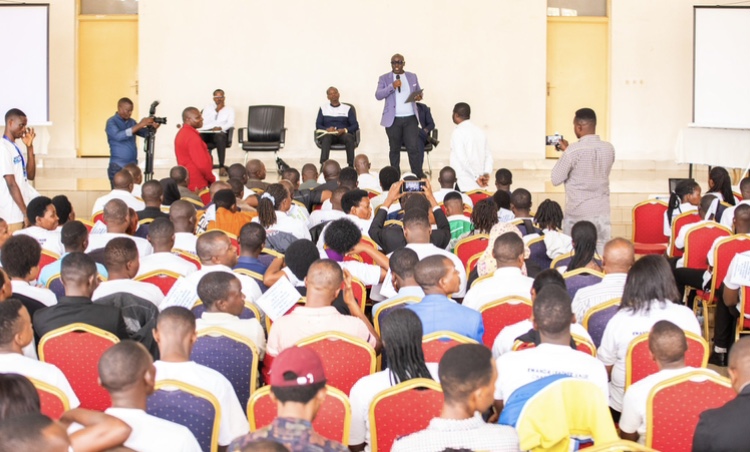
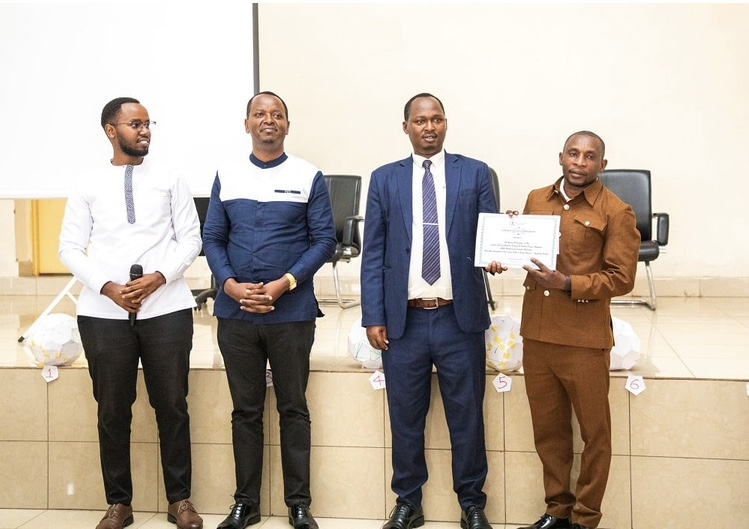
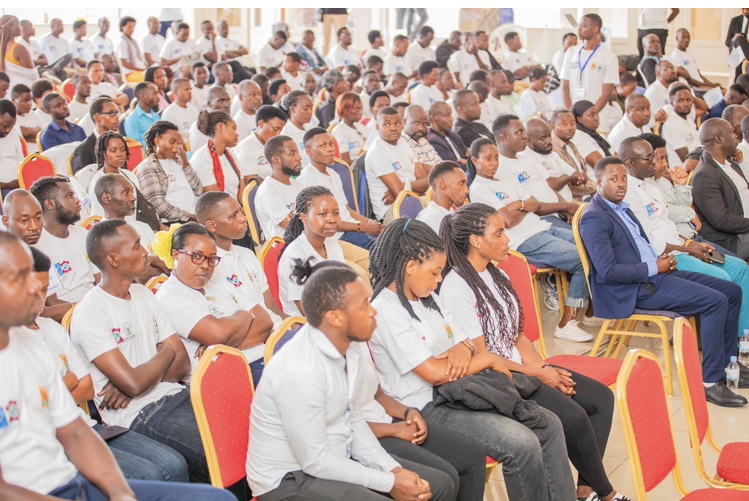
Trending Now
Hot Topics
Related Articles
Kivu Beach Festival Triggers Urgent Economic Development Push in Rutsiro
Preparations for the 2025 Kivu Beach Expo & Festival have become a...
COP30 Raised Ambition on Adaptation Finance Yet Africa’s 150 Billion Dollar Gap Tells a Different Story
COP30 in Belém was billed as the moment the world would finally...
Rwanda Launches Updated Climate Action Plan to Boost Resilience and Cut Emissions by 2035
Rwanda has unveiled a strengthened national climate strategy with the release of...
A Climate Crossroads: 2025 Set to Be the 2nd or 3rd Warmest Year on Record
As global leaders meet at COP30 in Belém, a new update from...


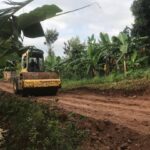

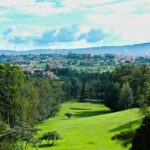
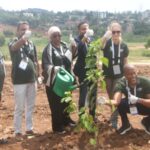
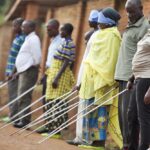

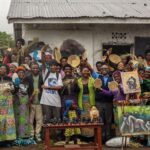
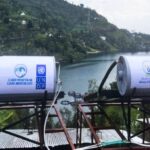
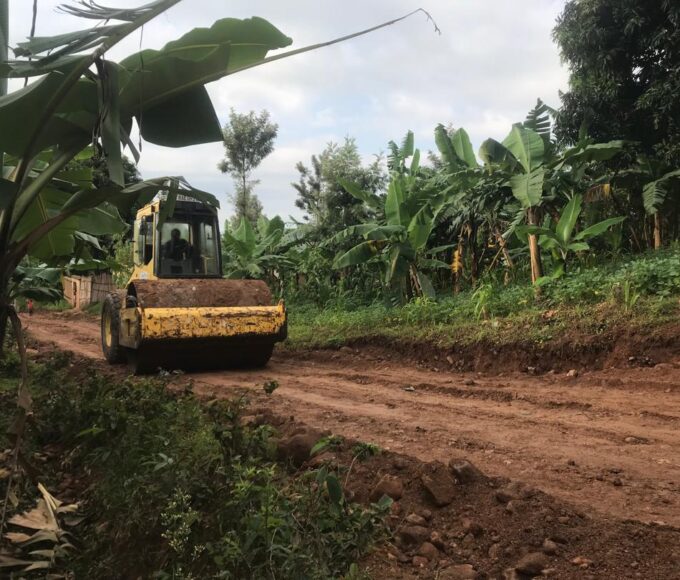
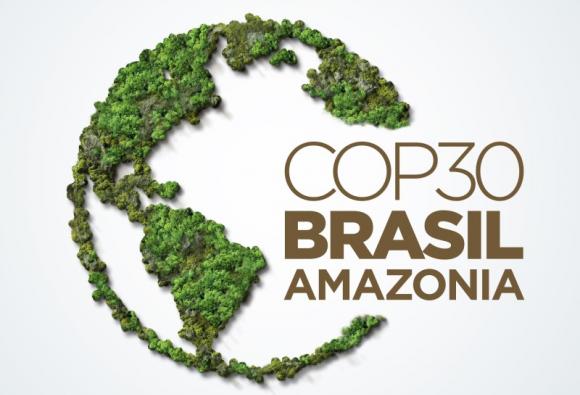
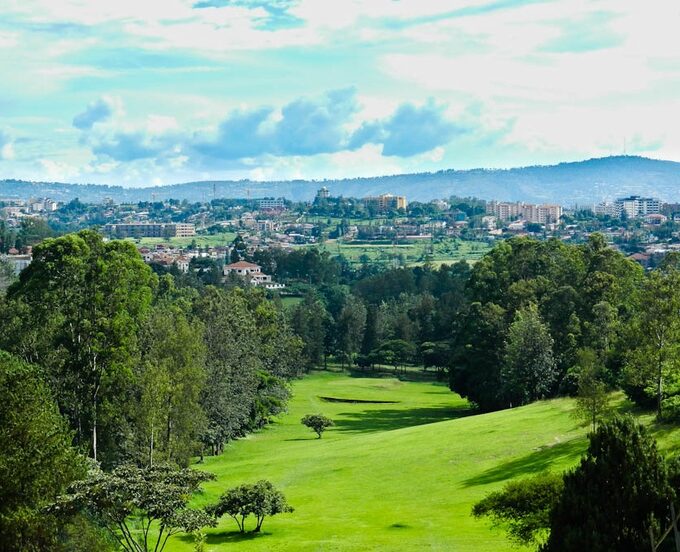
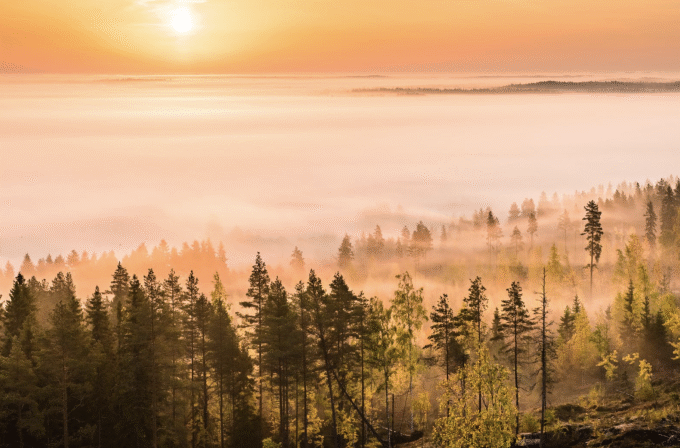
Leave a comment